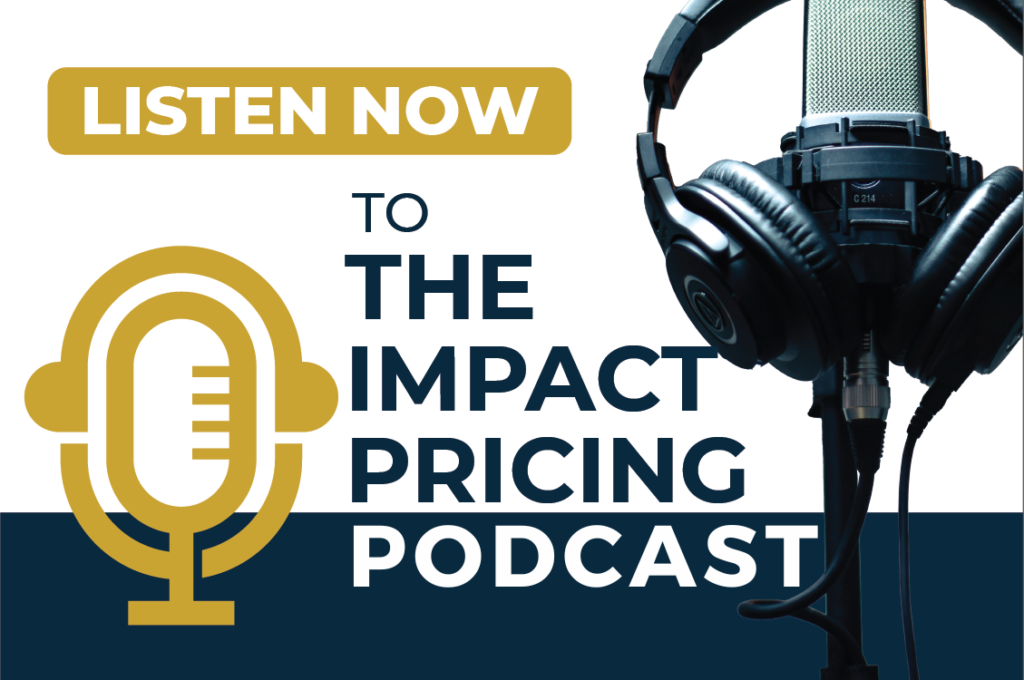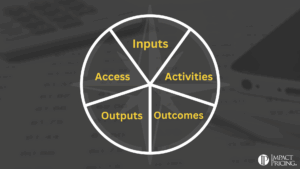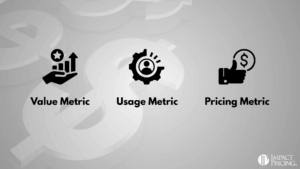You can listen to the full audio version of this blog we call — Blogcast.
Many pricing professionals talk about understanding value, but few break it down into the architecture that drives buyer and company decisions. In our Context-Driven Pricing framework, we define three distinct layers of context: the Foundational Problem, the Problem Scope, and the Situational Context. These are directly correlated to three major decisions companies make: defining Market Segments, developing Product Portfolios, and crafting Price Segmentation.
In this post, we’ll focus on the first two layers and how they align with two critical buying decisions:
- Will I? — Will I solve this problem at all?
- Which one? — Which solution will I choose?
Let’s break it down.
1. The Foundational Problem = “Will I?”
At the core of every buying decision is a problem that the buyer is trying to solve. The foundational problem is the reason the market segment exists. It defines the broad, persistent need that causes a buyer to look for solutions in the first place.
This is where the “Will I?” decision lives. Will I solve this problem at all? Will I invest money, time, or energy to fix it?
If the answer is no, there is no sale, regardless of how good your product is. This is why understanding the foundational problem is essential to identifying your market segments. Different segments say “yes” to different foundational problems.
For example, a hospital might ask, Will we invest in improving coding accuracy? A manufacturer might ask, Will we automate part of our inspection line?
These are existential questions about whether the problem matters enough to justify doing anything.
2. The Problem Scope = “Which One?”
Once the buyer decides to solve the problem, they enter the “Which one?” phase. This is where they choose their desired solution, how broadly or narrowly they intend to solve the problem.
This is the Problem Scope, where the buyer looks for the best product to solve their specific problems. How big is the problem? How comprehensive of a solution do they need? What particular issues do they have? How easy will it be to fit within their current processes?
Their answers determine which product or package they’ll choose and, of course, what they’re willing to pay.
Problem scope is where your product portfolio takes shape. You design a Good-Better-Best (or other differentiated portfolio) to meet the varying scopes buyers are considering. Available competitive alternatives should also be taken into consideration.
For example, in SaaS, a company might ask, “Do we need 5 seats and basic reporting, or 50 seats and an API?” Each of these choices reflects a different scope of the same foundational problem and justifies a different price point.
Why It Matters
Too often, companies focus on explaining why their product is better without first confirming that the buyer has said “yes” to solving the problem at all. That’s a Will I failure. And when they fail to offer solutions that align with different scopes of the problem, they miss out on Which One opportunities.
By understanding how these two buyer decisions align with the first two layers of the value architecture, you can identify and speak directly to foundational problems that define market segments; design product portfolios that match the range of problem scopes buyers are considering; and position your communication in a way that leads buyers from “Will I?” to “Which One?” … and eventually to a purchase.
Share your comments on the LinkedIn post.
Now, go make an impact!
 Tags: market segment, pricing, pricing foundations
Tags: market segment, pricing, pricing foundations













